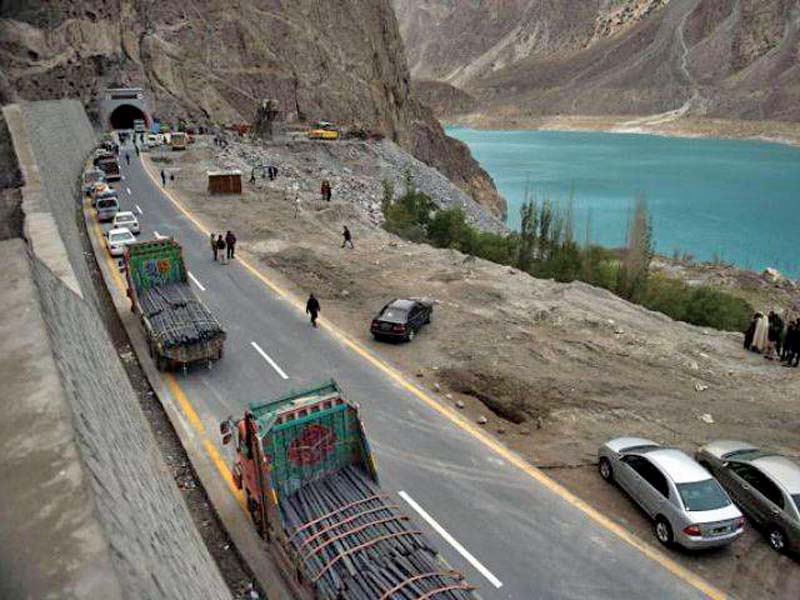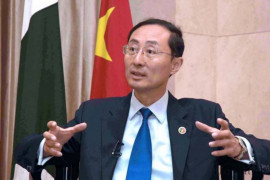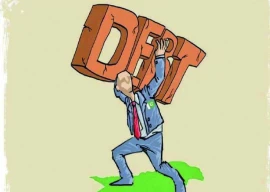
Husain was speaking during the China-Pakistan Economic Corridor (CPEC) Conference on Sunday at the Shaheed Zulfikar Ali Bhutto Institute of Science and Technology's Karachi campus.
He was addressing a session titled 'CPEC, Opportunities and Challenges'. "The most substantial economic component of CPEC is the special economic zones (SEZ) that are to be established," he told the participants. "If conceived and executed properly, these can become real drivers of economic growth, investment and capital formation and of export competiveness and employment."
Cpec Issues: Business schools form consortium
He explained that the most successful SEZ experiment was in Shenzhen, China, where six such zones were established and today the exports from just these six zones exceeds the total exports of India. Over the following decades, thousands of such zones were established around the world, offering special incentives and tax holidays to investors. However, there have been more failures than success stories. Now, in developing the nine zones we have planned under CPEC, we must learn from these success stories and avoid the pitfalls, he said. For a zone to be successful, Husain explained that it must have strong value chain linkages with local industrial clusters, be governed by an autonomous regulatory authority and, above all, have a unique value proposition for investors.
The author added that the subject of a SEZ was first raised during the first joint coordination committee meeting of CPEC in August, 2013, but even after nearly five years, with the exception of one or two, there has been very little progress on the ground.
Giving the example of hail-ride cab service Uber, he said it was started in 2009 and today its market valuation stands at $62 billion, about the same size as CPEC. This illustrates the power of value creation that is unleashed by industrial activity and innovation, he said.
Pakistan welcomes Britain’s desire to join CPEC
Concluding his talk by urging the government to fast track the formation of SEZs, Husain expressed hope that they would be developed with visionary thinking and winning strategy. We should not repeat the story of the earlier export processing zones that were established in earlier decades and still today our exports are struggling to cross $25 billion, he warned.
"But sadly, from the few documents that I have seen there is no strategy and the little thinking there is, is elemental, disjointed and often times incoherent," he lamented.



































1714370039-0/ojwilson-(1)1714370039-0-270x192.webp)


-(1)1714378140-0/AliAminMaryam-(4)-(1)1714378140-0-270x192.webp)
-(1)1714458896-0/ASP-(2)-(1)1714458896-0-270x192.webp)






COMMENTS
Comments are moderated and generally will be posted if they are on-topic and not abusive.
For more information, please see our Comments FAQ